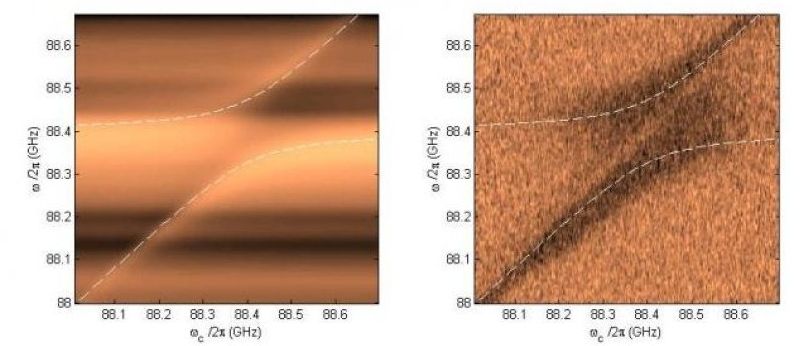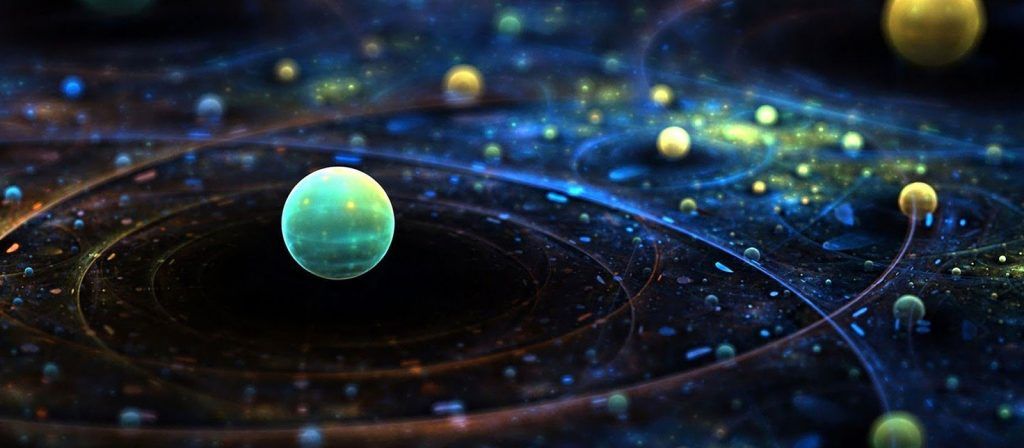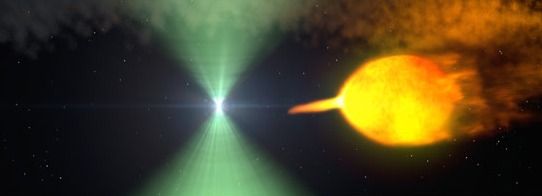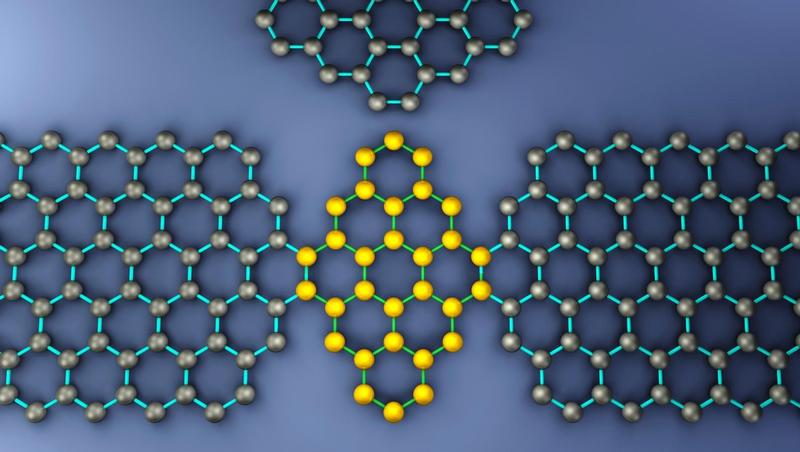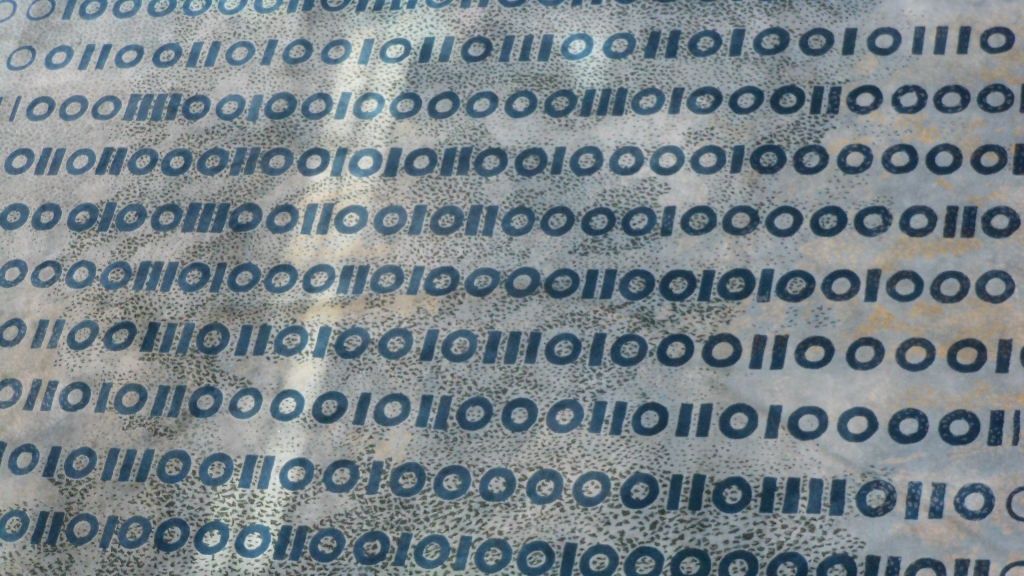Archive for the ‘quantum physics’ category: Page 727
Aug 2, 2016
Most Powerful Quantum Optimization Processor Worldwide Now Online at USC ISI
Posted by Karen Hurst in categories: computing, quantum physics
More on the new most powerful QC at USC.
Following a recent upgrade, the USC-Lockheed Martin Quantum Computing Center (QCC) based at the USC Information Sciences Institute (ISI) with 1098 qubits, is now the leader in qubit capacity…
USC Viterbi School of Engineering Amy Blumenthal, 917.710.1897 [email protected]
Aug 2, 2016
Pass the hash for peace, love and security in the quantum computing age
Posted by Karen Hurst in categories: computing, encryption, quantum physics, security
Excellent write up on a paper submitted to the International Association for Cryptologic Research, by a group of UK and Belgian researchers are offering up a dig-sig scheme to assist in the addressing of Digital signatures (one of the fundamental parts of cryptography) in a post-quantum world. Expect the heat to rise on QC security as China’s launch date nears for the new Quantum Satellite.
Boffins smokin’ idea to share parts of keys to cook quantum-proof crypto.
Aug 1, 2016
Warning Shots Fired: China Releases Video of Missile Launch, Amps Up Tensions with U.S
Posted by Karen Hurst in categories: internet, quantum physics, satellites
China and the US; tensions are mounting and China’s new Quantum Satellite is aiding more fuel to the flames.
By: James Holbrooks (UndergroundReporter) Beijing — Only days after completing production of the largest amphibious aircraft ever built, China has just revealed plans to launch the world’s first satellite designed to conduct quantum experiments in space — a move that could one day lead to a highly secure “orbital internet.”
Assuming the initial satellite performs well, as many as 20 additional craft would follow in the effort to create a new category of communications network. Chinese researchers believe their work could ignite a space race as other nations move to refine the technology.
An elliptical light beam in a nonlinear optical medium pumped by “twisted light” can rotate like an electron around a magnetic field.
Magnetism and rotation have a lot in common. The effect of a magnetic field on a moving charge, the Lorentz force, is formally equivalent to the fictitious force felt by a moving mass in a rotating reference frame, the Coriolis force. For this reason, atomic quantum gases under rotation can be used as quantum simulators of exotic magnetic phenomena for electrons, such as the fractional quantum Hall effect. But there is no direct equivalent of magnetism for photons, which are massless and chargeless. Now, Niclas Westerberg and co-workers at Heriot-Watt University, UK, have shown how to make synthetic magnetic fields for light [1]. They developed a theory that predicts how a light beam in a nonlinear optical medium pumped by “twisted light” will rotate as it propagates, just as an electron will whirl around in a magnetic field. More than that, the light will expand as it goes, demonstrating fluid-like behavior.
Aug 1, 2016
Quantum Computers Don’t Make Sense. But This One Makes Music
Posted by Karen Hurst in categories: computing, media & arts, quantum physics
D-Wave making music.
A composer seeks to eavesdrop on the illogic at the heart of computing’s next wave.
Jul 31, 2016
How Quantum Mechanics Is Changing Everything We Know About Our Lives
Posted by Karen Hurst in categories: neuroscience, quantum physics, time travel
Quantum physics is the new physics that is pointing to something far greater than the materialistic world that we once believed to be the basis of our existence. Not only is it disproving our original perception of space and time, but it is opening the doors to the possibility of time travel, telepathy, and consciousness creating our reality.
Jul 30, 2016
Researchers apply quantum theory and Einstein’s special relativity to plasma physics issues
Posted by Karen Hurst in categories: particle physics, quantum physics, space
Among the intriguing issues in plasma physics are those surrounding X-ray pulsars—collapsed stars that orbit around a cosmic companion and beam light at regular intervals, like lighthouses in the sky. Physicists want to know the strength of the magnetic field and density of the plasma that surrounds these pulsars, which can be millions of times greater than the density of plasma in stars like the sun.
Researchers at the U.S. Department of Energy’s (DOE) Princeton Plasma Physics Laboratory (PPPL) have developed a theory of plasma waves that can infer these properties in greater detail than in standard approaches. The new research analyzes the plasma surrounding the pulsar by coupling Einstein’s theory of relativity with quantum mechanics, which describes the motion of subatomic particles such as the atomic nuclei—or ions—and electrons in plasma. Supporting this work is the DOE Office of Science.
Quantum field theory
Jul 30, 2016
Post-Quantum: the UK startup that wants to save the world from quantum computers
Posted by Karen Hurst in categories: computing, quantum physics
Jul 30, 2016
Crystal-Powered Quantum Entanglement Satellite Will Test Quantum Communications
Posted by Karen Hurst in categories: encryption, quantum physics, space
A Chinese satellite launching in August would be the first to bring a worldwide quantum-encrypted communication network to reality.
